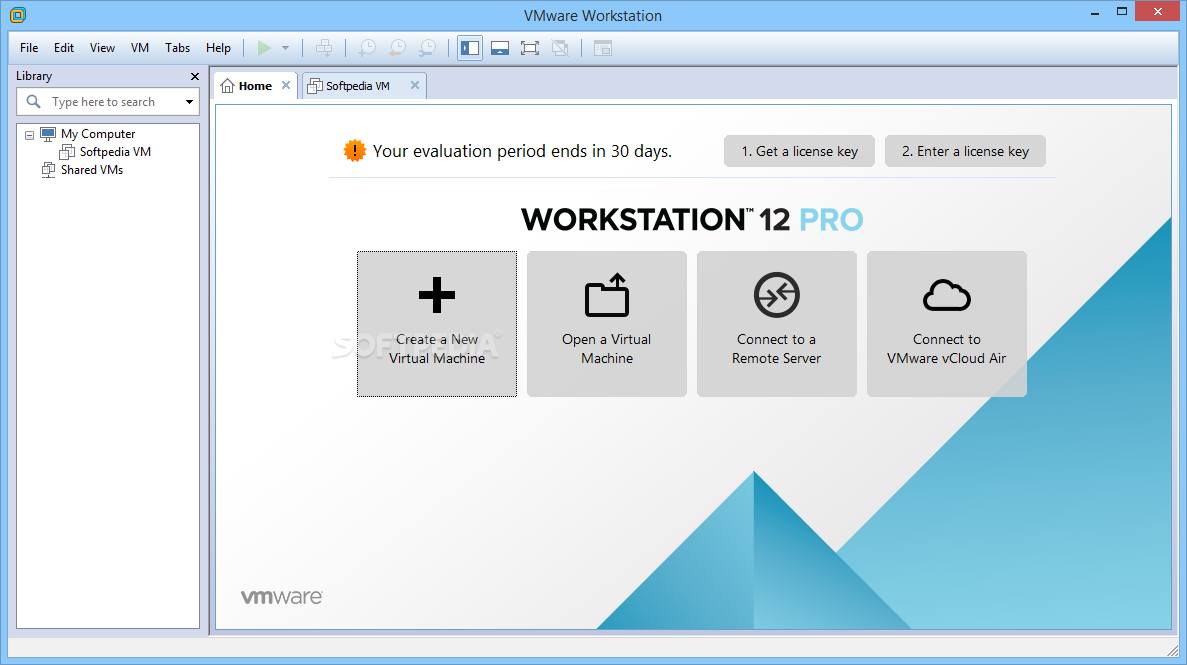

Interact with each other their memory is independent and hardware Is the same way to two virtual machines on the same host cannot Is requesting the hardware treat those memory pages differently.

The protections are hardware assisted, since the hypervisor System functions and is protected by attempts to read information in the VSM instance is segregated from the normal operating C:\>bcdedit /copy /d "No Hyper-V"ĭevice/Credential Guard is a Hyper-V based Virtual Machine/Virtual Secure Mode that hosts a secure kernel to make Windows 10 much more secure. Rather than removing Hyper-V altogether, you just make alternate boot to temporarily disable it when you need to use VMWare.

There is a much better way to handle this issue.


 0 kommentar(er)
0 kommentar(er)
